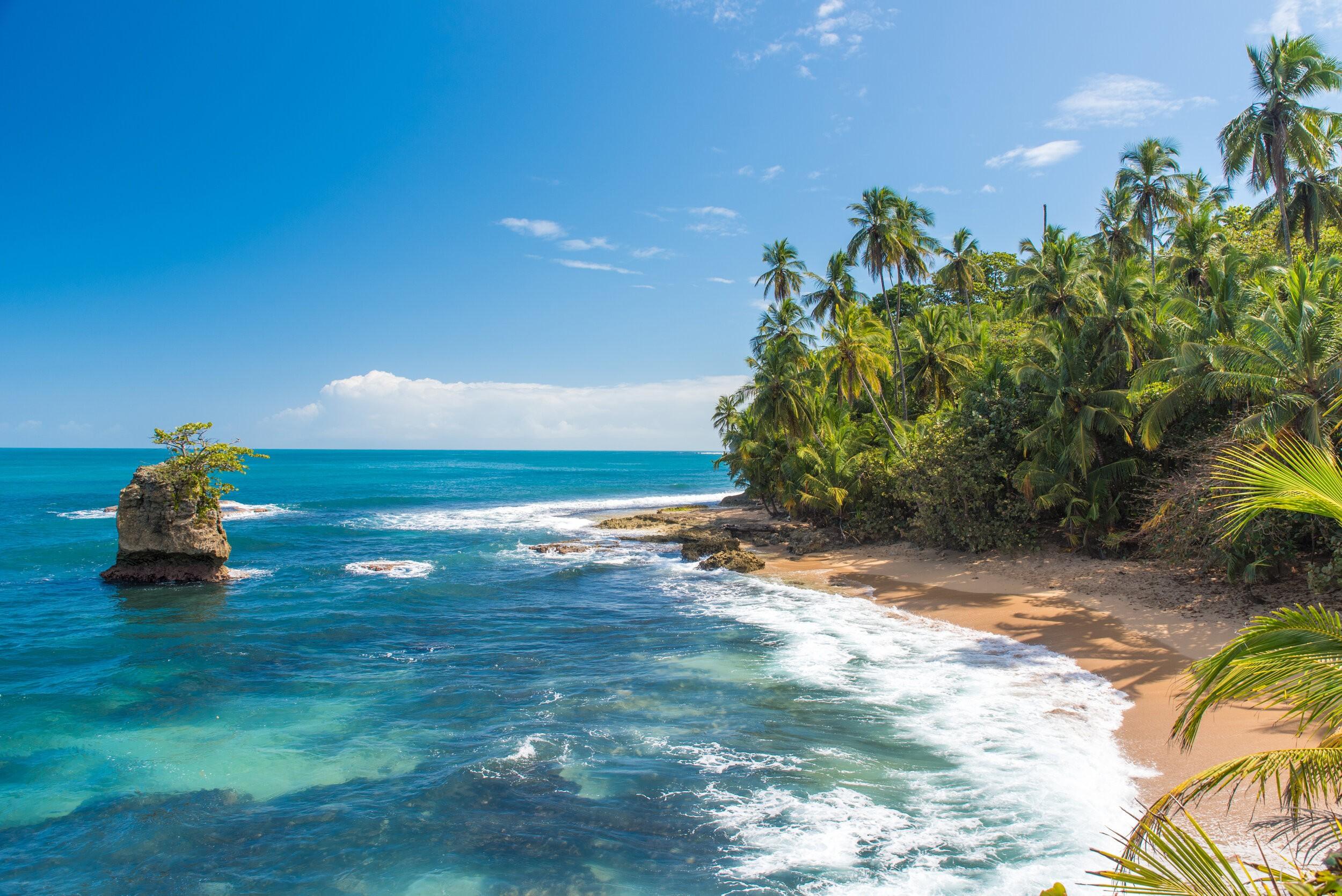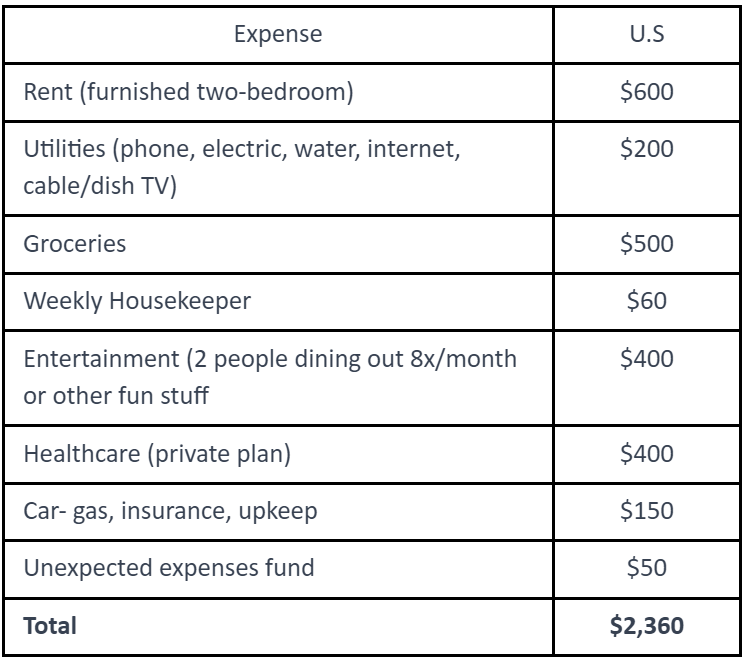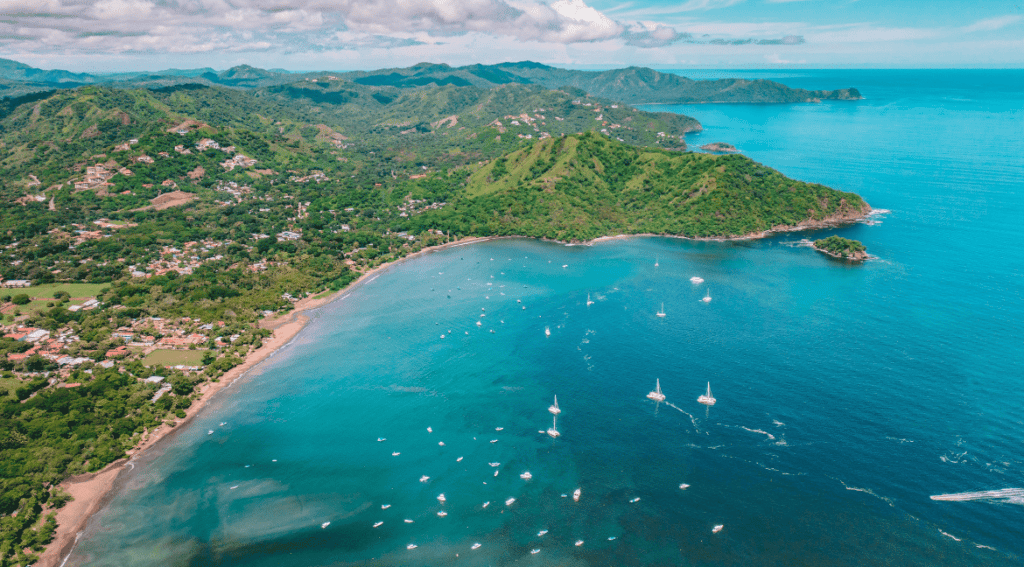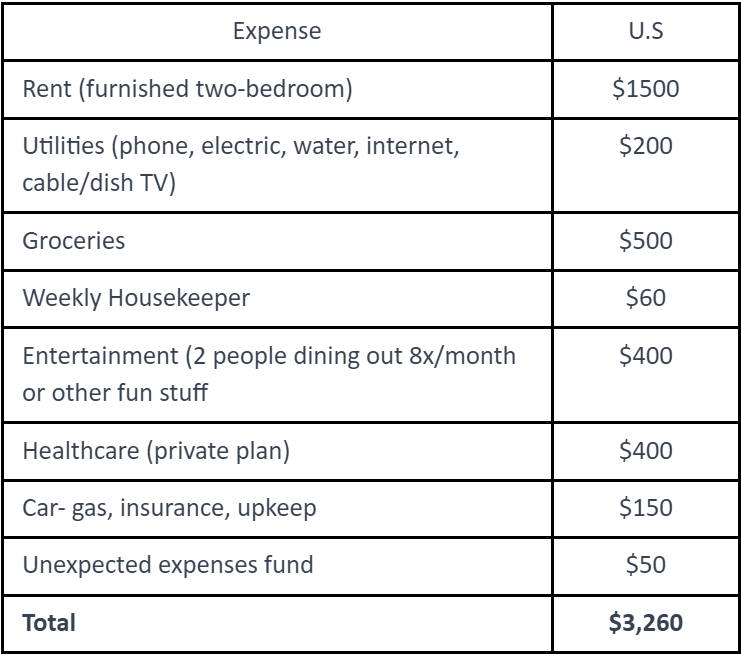Costa Rica is known for its natural beauty, rich biodiversity, and stunning coastlines. Bordered by Nicaragua to the north, Panama to the south, the Caribbean Sea to the east, and the Pacific Ocean to the west, the country provides varying climates, flora and fauna, and activities.
It is common for people to ask which coast is better, but neither is. Because both coasts have their character, you can call either home depending on your preferences.
The Caribbean Side

It is natural to confuse the Caribbean side of Costa Rica with the Caribbean, the islands that include Grand Cayman, Saint Martin, Jost Van Dyke, Virgin Gorda, etc.
With their sandy white beaches and clear turquoise water, who wouldn’t want to have that as their backyard? The three most inhabitable places to live are the city of Limón, the province's capital that stretches 130 miles of the Caribbean coast from the Nicaraguan border to the Panamanian border on its south side.
With their sandy white beaches and clear turquoise water, who wouldn’t want to have that as their backyard? The three most inhabitable places to live are the city of Limón, the province's capital that stretches 130 miles of the Caribbean coast from the Nicaraguan border to the Panamanian border on its south side.
And the 18-mile stretch between Cahuita to Manzanillo is where you find the largest ex-pat population on the Caribbean side. The predominant activities on this side of Costa Rica are watersports, including surfing and snorkeling.
The Caribbean receives rain year-round, with some drier times between September, October, and February-March. The Caribbean side of Costa Rica and its beaches are beautiful, but there is a way of life there that must be considered if you’re considering it a place to relocate.
The Caribbean receives rain year-round, with some drier times between September, October, and February-March. The Caribbean side of Costa Rica and its beaches are beautiful, but there is a way of life there that must be considered if you’re considering it a place to relocate.
Accessibility to Medical Care – The three top hospitals in Costa Rica with JCI Accreditation (Joint Commission International) are as follows:
The distance from Limón to any of these hospitals is about 71 miles (115 km). Still, it can take about four hours to drive since you can’t travel 60 mph on the roads. So anticipate not more than 40 mph.
You might want to avoid this distance if you are concerned about your health, i.e., chronic conditions or serious concerns, and how long it will take you to get good medical treatment. This being said many ex-pats without these concerns make their home in this area, specifically the town of Puerto Viejo.
*NOTE—Air ambulance is available to and from Limón for emergencies.
Crime — The Caribbean side of the country has the most crime. Most of the crime is due to the drug trade and the flow of cocaine in Limón’s container port of Moín. Límon accounts for nearly one-quarter of all violent crimes in the country, with a homicide rate triple the national average, due to the drug trade.
That said, many ex-pats choose and love the area and don’t experience any more crime than in other parts of the country.
Daily Services and Shopping — The best place to find daily services is in Puerto Viejo, with an ex-pat population filling the 23,000 living there. Puerto Viejo is where you’ll find grocery stores, clinics, pharmacies, numerous restaurants and bars, and banking.
Cost of Living — According to International Living magazine, you can rent and live in Limón Province for $2,360.00 per month

There is much to love about the Caribbean side. It remains inexpensive and boasts Afro-Caribbean culture, beautiful beaches, snorkeling and scuba, hiking trails, and all flora and fauna for your senses.
The North Pacific Side

This side of the country, known as the Gold Coast, is a trendy place for ex-pats. The Province, called Guanacaste, is attractive because of its beautiful beaches, towns that offer nightlife, surfing, yachting, fishing, horseback riding on the beach, and more.
The North Pacific side runs from Sámara to Playa Coco is a 67-mile (108.6 km) stretch. This region of the country is the driest and warmest. Daily temperatures are in the high 80s and low 90s, and the average rainfall is between April and October.
When considering whether the North Pacific Side is for you, consider the following:
Accessibility to Medical Care — This country's area is 160 miles (257 km) from San Jose, and the drive time is about 4.5 hours. However, from the North Pacific Coast, you can also get to Liberia, the second largest city in Costa Rica, 44 miles (78 km), in 1.5 hours.
*Note — There is a shortcut called The Monkey Trail that many of us use to cut down the drive time 😉
Liberia also has excellent medical care, including:
Private hospitals
Crime — Crime in the area, like most areas of the country, is made up mostly of petty (meaning not violent) crimes such as pickpocketing, home invasions, and stealing from cars and belongings off the beach. Violent crime is low.
Daily Service and Shopping — Daily service is readily available along this coast.
It has large ex-pat communities and is a trendy tourist area. In addition to Las Catalinas, the Flamingo Marina in Playa Flamingo was recently opened. The marina caters to high-end ex-pats and tourists, so there’s lots of gossip about incoming services to support this population.
Cost of Living — The cost of living on this side of the country is rising. With its accessibility to medical care, petty crime v. violent crime, the abundance of services and shopping available, and the Flamingo Marina, it’s becoming a popular place for ex-pats to find a new home.

*NOTE — It’s important to point out that in Guanacaste Province, there is a water moratorium in effect. If you move to this area and you want to build your own home, you won’t be able to get a water letter at this time.
The Pacific North is a beautiful coastline with excellent services that allow you to care for yourself.
Depending on your budget and preferences, this area might be the place for you!
A Final Thought
The Caribbean and North Pacific sides have much to offer. Maybe consider a visit so you can conclude what’s best for you! There’s nothing like “feeling” a place with your senses—how it smells, what you can see, how it hits you.
Does it feel like you? No matter where you end up, the Caribbean side or North Pacific, Costa Rica is a beautiful place to call home.
Does it feel like you? No matter where you end up, the Caribbean side or North Pacific, Costa Rica is a beautiful place to call home.
Pura Vida! 🌺




